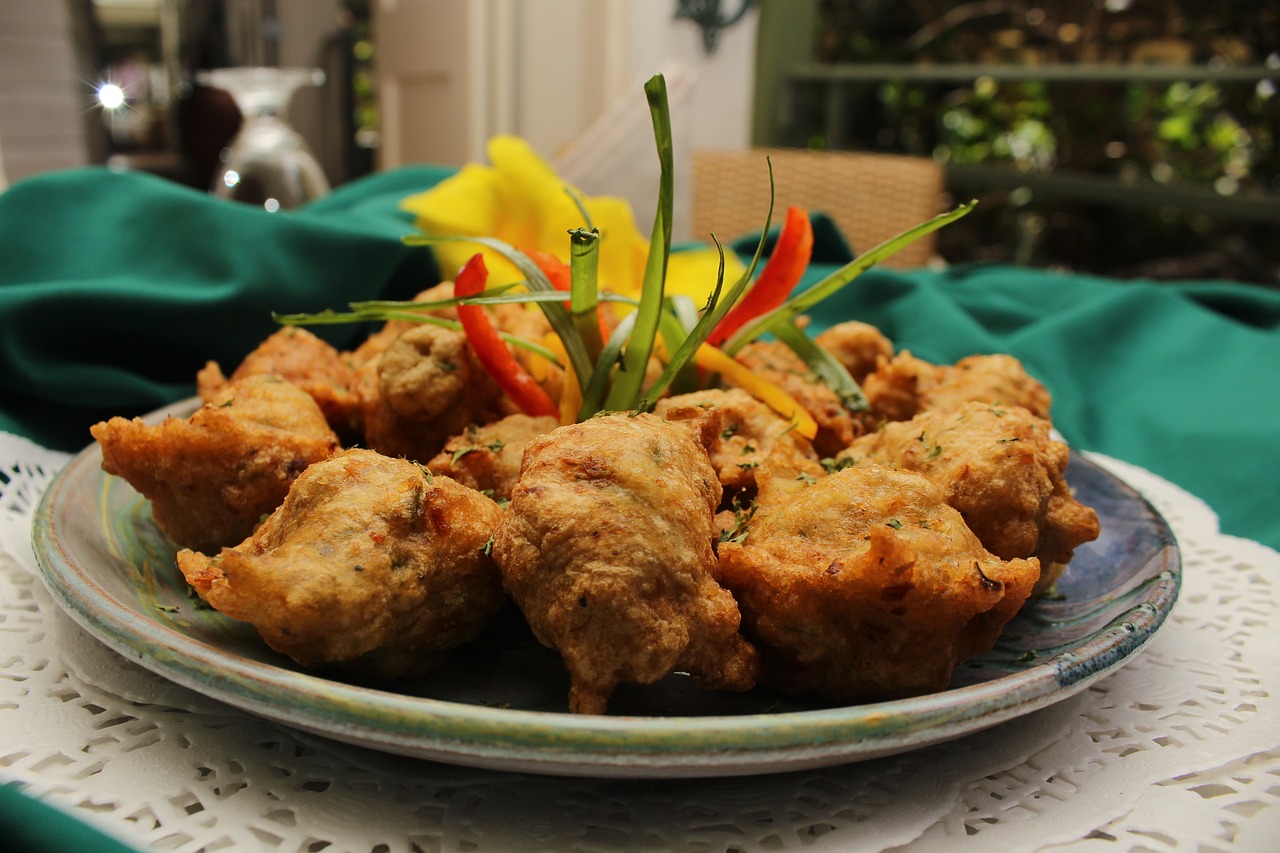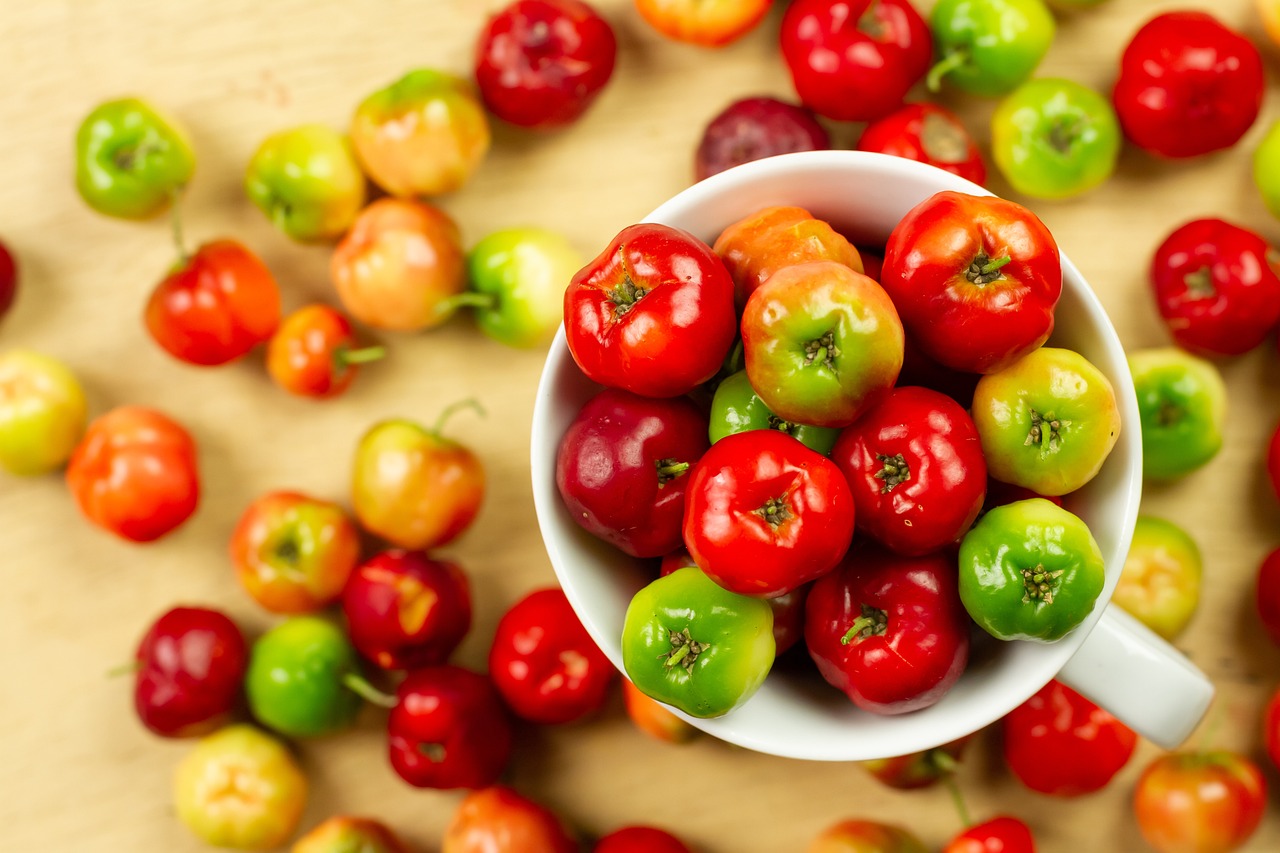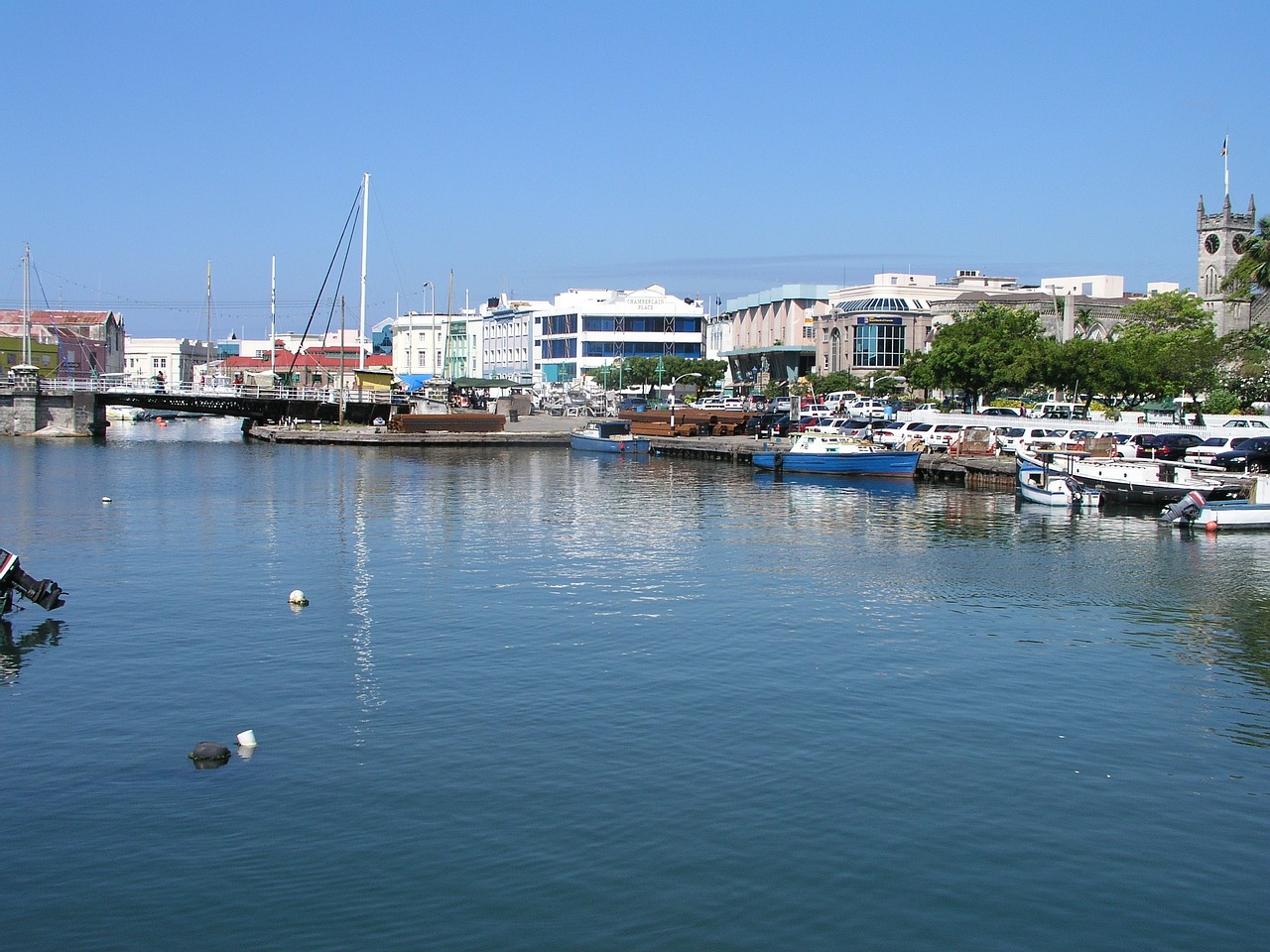Barbados Video
Learning Barbados Language: Quick Tips and Resources
Barbados, a beautiful Caribbean island known for its stunning beaches, vibrant culture, and warm people, has its own unique language that reflects its rich history and influences from various cultures. Learning the Barbados language, also known as Bajan, can enhance your travel experience and help you connect with the locals on a deeper level. In this article, we will provide you with quick tips and resources to get started on your journey of learning the Barbados language.
Introduction to Bajan Language
Bajan is an English-based Creole language spoken by the majority of the population in Barbados. It has its roots in West African languages, as well as influences from Irish, Scottish, and British English. Bajan is characterized by its distinct pronunciation, grammar, and vocabulary. While English is the official language of Barbados, Bajan is widely spoken in informal settings and adds flavor to the local culture.
1. Bajan Pronunciation
To get started with learning the Barbados language, it’s important to familiarize yourself with Bajan pronunciation. Here are some key features of Bajan pronunciation:
- Distinctive Vowels: Bajan has unique vowel sounds, such as the “a” sound in “cat” being pronounced as “ah” (e.g., “cat” becomes “caht”).
- Rhoticity: Unlike some other Creole languages, Bajan retains the “r” sound at the end of words (e.g., “car” is pronounced as “cah”).
- Dropping of “h”: Bajan speakers often drop the “h” sound at the beginning of words (e.g., “house” becomes “ouse”).
2. Bajan Vocabulary
Building your Bajan vocabulary is essential for effective communication. Here are some commonly used Bajan words and phrases:
- Lime: Hanging out or socializing with friends.
- Wuk up: A lively and energetic dance style.
- Ting: Thing.
- Ole mas: Traditional Barbadian carnival celebration.
- De ting sweet: Something is enjoyable or pleasant.
3. Bajan Grammar
Understanding Bajan grammar will help you form sentences correctly. Here are a few key aspects of Bajan grammar:
- Subject-Verb Agreement: Like in English, Bajan follows subject-verb agreement rules (e.g., “I am” becomes “I is” in Bajan).
- Double Negatives: Bajan often uses double negatives for emphasis (e.g., “I ain’t got none” means “I don’t have any”).
- Drop of “to” in Infinitives: Bajan speakers drop the word “to” before verbs in their infinitive form (e.g., “I going home” instead of “I am going home”).
4. Bajan Expressions and Idioms
Bajan expressions and idioms add color and depth to the language. Here are a few examples:
- De higher de monkey climb, de more he show he tail: The more someone tries to show off, the more their flaws become apparent.
- Like peas in a pod: Close friends or siblings who are inseparable.
- Tekkin long to come to a fowl wedding: Taking a long time to arrive at a destination or complete a task.
5. Learning Resources
To further enhance your learning journey, here are some resources to help you learn the Barbados language:
- Online Language Courses: Websites like Mango Languages and Transparent Language offer Bajan language courses that provide interactive lessons and exercises.
- Language Exchange Programs: Joining language exchange communities, such as iTalki or Tandem, can connect you with native Bajan speakers for language practice.
- Local Language Schools: If you are visiting Barbados, consider enrolling in a local language school that offers Bajan language classes.
- Books and Language Guides: Look for books and language guides specifically focused on learning Bajan, such as “Bajan for Beginners” by Janice Wharton or “Speak Bajan” by Marcia Burrowes.
Conclusion
Learning the Barbados language, Bajan, can greatly enhance your experience when visiting this beautiful Caribbean island. By familiarizing yourself with Bajan pronunciation, vocabulary, grammar, expressions, and utilizing the available learning resources, you can connect with the locals, appreciate the culture, and navigate the island with ease.
Barbados Image 1:

6. Bajan Dialects
Bajan dialects can vary depending on the region of the island. While the majority of the population speaks the standard Bajan dialect, there are also slight variations in pronunciation and vocabulary in different areas. Some dialects include:
- East Coast Bajan: Spoken primarily along the eastern coast of Barbados, this dialect may have influences from the African languages spoken by the island’s ancestors.
- West Coast Bajan: Commonly spoken along the west coast, this dialect may have influences from British English due to its popularity among tourists.
- Inland Bajan: Spoken in the central areas of Barbados, this dialect may have a mix of influences from various cultural backgrounds.
7. Bajan Cuisine and Food Vocabulary
Food plays a significant role in Barbadian culture, and learning Bajan food vocabulary can enhance your culinary experiences. Here are some popular Bajan dishes and food-related words:
- Flying fish: A staple in Bajan cuisine, often served with cou-cou (cornmeal and okra).
- Macaroni pie: A baked dish made with macaroni, cheese, and various spices.
- Cutters: Sandwiches made with Bajan salt bread and filled with fish, ham, or cheese.
- Pudding and souse: A traditional Bajan dish consisting of pickled pork (souse) and sweet potato pudding.
Barbados Image 2:

8. Bajan Music and Dance
Music and dance are integral parts of Bajan culture. Here are some popular music genres and dance styles in Barbados:
- Soca: A lively and energetic genre of music that originated in Trinidad and Tobago but is widely embraced in Barbados.
- Calypso: Another popular Caribbean music genre that often incorporates social and political commentary.
- Tuk Band: A traditional Bajan music ensemble consisting of drums, penny whistles, and other instruments.
- Crop Over Festival: Barbados’ biggest carnival celebration, featuring music, dance, and colorful costumes.
9. Bajan Natural Attractions
Barbados boasts stunning natural attractions that showcase the island’s beauty. Here are some must-visit places:
- Harrison’s Cave: A breathtaking underground cave system with stunning stalactites and stalagmites.
- Bottom Bay: A picturesque beach with turquoise waters and dramatic cliffs.
- Animal Flower Cave: A natural cave located in the northernmost point of Barbados, known for its sea anemones.
- Andromeda Botanic Gardens: A botanical garden featuring a vast collection of tropical plants and stunning views.
Barbados Image 3:

10. Bajan Festivals and Celebrations
Barbados is known for its vibrant festivals and celebrations throughout the year. Here are some notable events:
- Crop Over Festival: A six-week-long festival celebrating the end of the sugar cane harvest, featuring music, dance, and colorful costumes.
- Holetown Festival: A week-long celebration of Barbados’ history and culture, featuring live music, street parades, and local cuisine.
- Oistins Fish Festival: A celebration of Barbados’ fishing heritage, featuring fish cook-offs, live music, and cultural performances.
- Barbados Reggae Festival: A music festival showcasing local and international reggae artists.
11. Bajan Hospitality and Etiquette
Barbadians are known for their warm hospitality and friendly nature. Here are some Bajan etiquette tips:
- Greetings: When meeting someone, a friendly “Good morning,” “Good afternoon,” or “Good evening” is customary.
- Respecting Elders: Showing respect to elders is highly valued in Bajan culture, so addressing them with “sir” or “ma’am” is appropriate.
- Table Manners: When dining with locals, it’s polite to wait for the host to begin eating before you start.
- Saying “Thank You”: Expressing gratitude is important in Bajan culture, so remember to say “thank you” when receiving assistance or favors.
12. References
– Mango Languages: www.mangolanguages.com
– Transparent Language: www.transparent.com
– iTalki: www.italki.com
– Tandem: www.tandem.net
– “Bajan for Beginners” by Janice Wharton
– “Speak Bajan” by Marcia Burrowes


